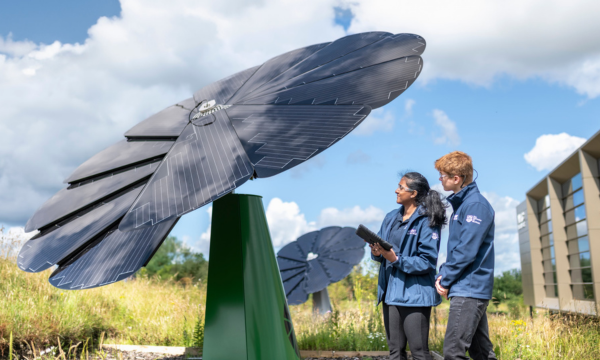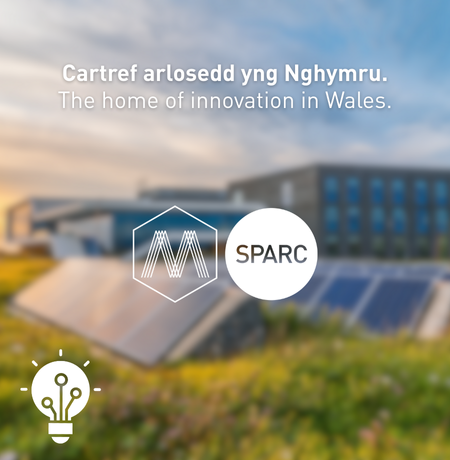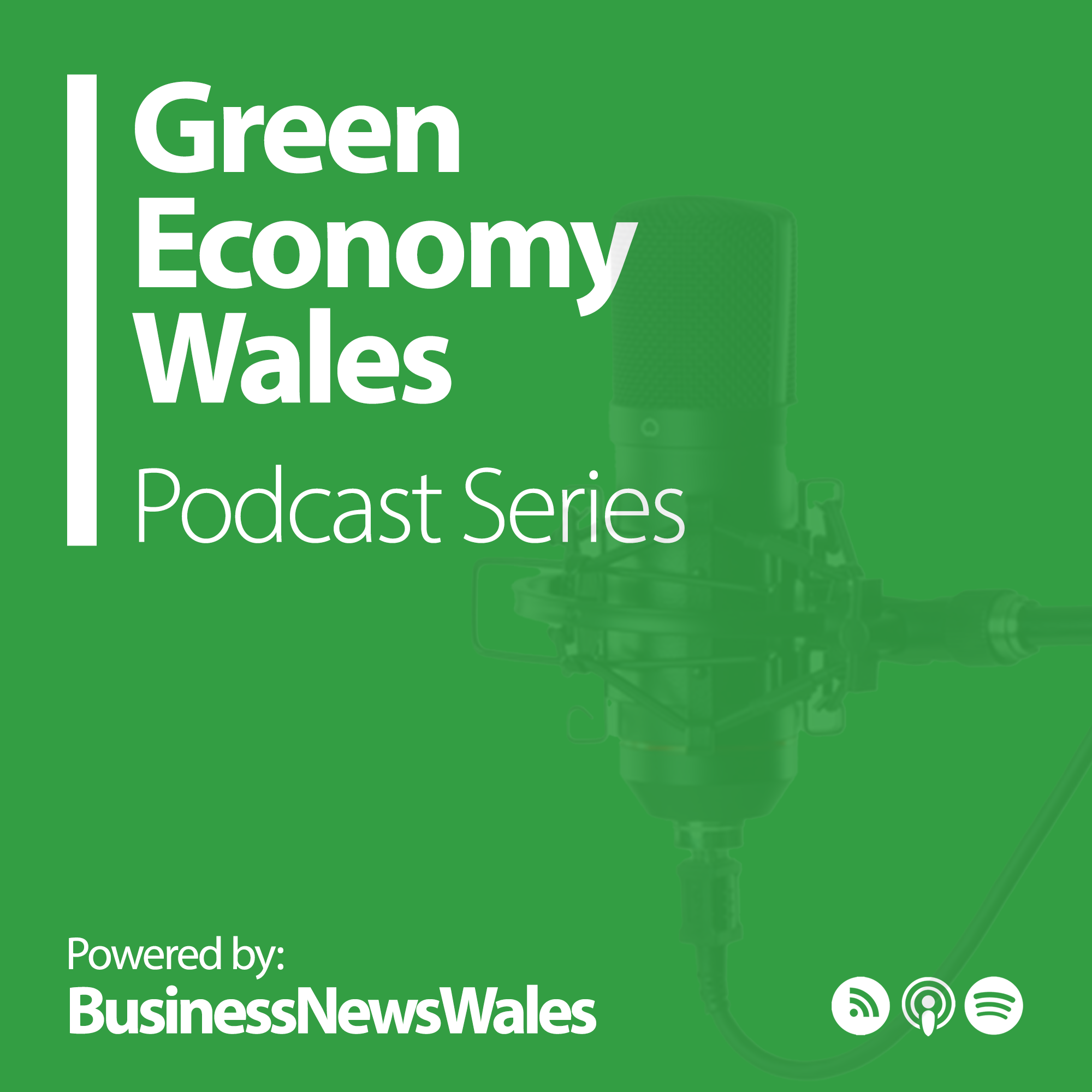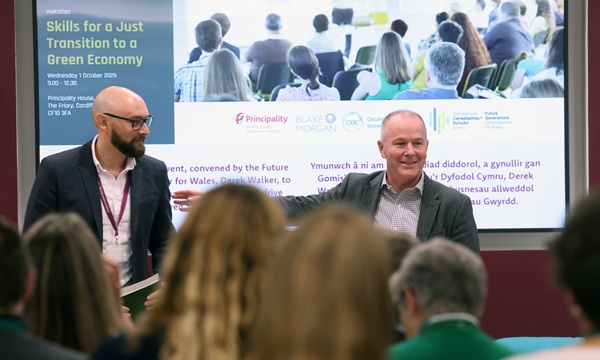
University of Sheffield AMRC engineers have found a way of using weather forecasts to reduce the environmental impact of manufacturing processes without hindering productivity.
In the UK, energy production is split between renewable sources like wind and solar, and fossil fuels such as coal and gas. However, the power output of renewable energy sources fluctuates based on weather conditions, directly affecting the carbon intensity of the electricity grid; less favourable weather means greater reliance on fossil fuels which increases carbon emissions, the team said.
This variability makes it crucial to understand when the grid is running on more renewables making it ‘more sustainable’, versus when it's ‘less sustainable’ due to greater reliance on fossil fuels, to make informed energy choices.
Recognising this, the University of Sheffield Advanced Manufacturing Research Centre (AMRC) has developed a system to strategically schedule energy-intensive manufacturing tasks for periods when the grid's carbon footprint is lowest – directly addressing the challenge of reducing the carbon dioxide equivalent (CO₂E) of manufacturing processes.
Tace Morgan, sustainability theme lead at the University of Sheffield AMRC, said:
“A key challenge in improving manufacturing sustainability is reducing its carbon footprint. While using renewable energy offers a lower carbon intensity, its availability varies, making it an inconsistent source.
“Our research directly addresses this by leveraging the predictable link between carbon intensity and weather patterns. This allows us to intelligently schedule energy-intensive tasks for greener times, significantly lowering environmental impact without hindering productivity.”
The AMRC has also developed a web interface tool that showcases how manufacturers can utilise the technology to inform their scheduling decisions, providing a clear understanding of the trade-offs between production timelines and environmental impact.
With these initial findings, further research is needed to seamlessly integrate such a system into complex, real-world manufacturing environments and incorporate data from entire production facilities, where multiple factors influence schedules.
This groundbreaking work builds upon the AMRC’s previous research under Project Butterfly, which established the link between weather patterns and predictable energy carbon intensity. Funded by the national High Value Manufacturing Catapult network, of which the AMRC is a member, the current research further refines this concept, directly supporting the UK's journey towards its net zero goals.
As part of the project, the AMRC developed a machine learning model capable of forecasting energy carbon intensity over 48 hours. Trained on historical weather data and additional insights such as the observed increase in renewable energy capacity and the periodicity of carbon intensity over days, weeks and annually, the model analyses publicly available weather forecast data alongside energy production trends to identify optimal times for running machinery with the lowest associated CO₂E emissions.
The effectiveness of this innovative approach has been validated through discrete event simulations (DES) using real-world manufacturing process data from AMRC North West. These simulations, which were applied to use cases involving melding, cutting and machining processes, compared traditional production schedules optimised for speed with those prioritising minimal carbon emissions.
Notably, one simulation demonstrated that accepting a modest increase in production time could lead to a significant reduction in overall emissions, specifically, a reduction of 4.74 kilograms of CO₂E was achieved by extending production time by just 2.8 hours – highlighting a tangible pathway to greener operations.
Dr Jon Hall, technical lead for connected factories at the University of Sheffield AMRC, said:
“The model's ability to accurately predict the maxima and minima in carbon intensity as a function of time is particularly valuable, as it helps identify the most and least sustainable periods for machine operation, and can also calculate the potential CO₂E reduction if sustainable scheduling was prioritised.
“At the end of the day, it's all about making smarter choices when we use energy.”

















